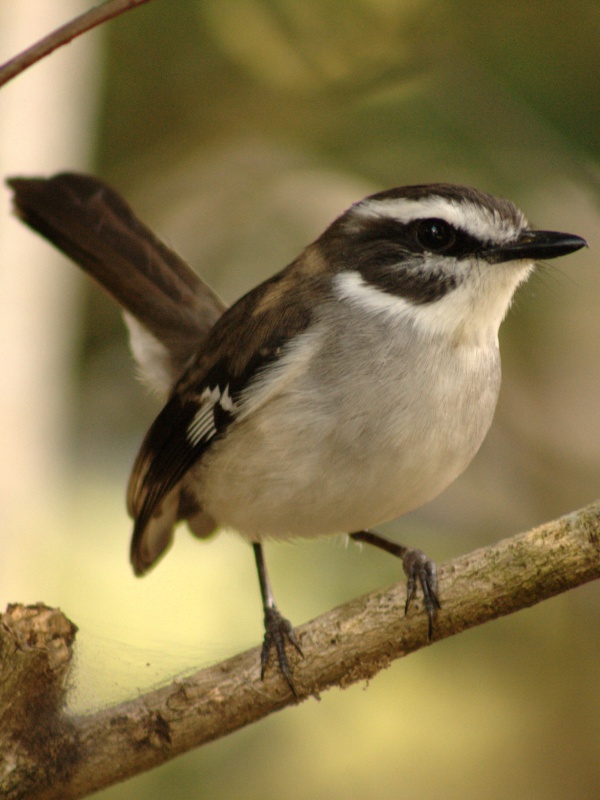Facts About White-browed robin
The white-browed robin, a captivating bird indigenous to northeastern Australia, specifically inhabits the forests, woodlands, and scrublands typically found near water sources. This bird, a member of the Petroicidae family, was first described by the naturalist John Gould in 1847. Initially, it was believed to encompass the buff-sided robin as a subspecies.
The name of the bird's genus is derived from Ancient Greek, while its species name has Latin origins. As part of the Australasian robin family, it is considered an early offshoot of the Passerida clade within the songbird lineage.
In terms of appearance, the white-browed robin boasts olive-brown upper feathers, a distinctive white wing patch, and pale underparts. It also features a black bill and dark brown eyes, adorned with a notable white "eyebrow" marking above each eye. These birds can be found from Cape York Peninsula down to the Burdekin River in Queensland.
The breeding season for these robins extends from August or September to February or March, during which they typically raise one or two broods per season. They construct cup-shaped nests using materials such as bark, grass, spider webs, feathers, and fur, often embellishing them with lichen or bits of bark. These nests are usually situated in tree forks or hanging vines a few meters above the ground. A typical clutch consists of two cream to buff-colored eggs, speckled with brown splotches and spots.
